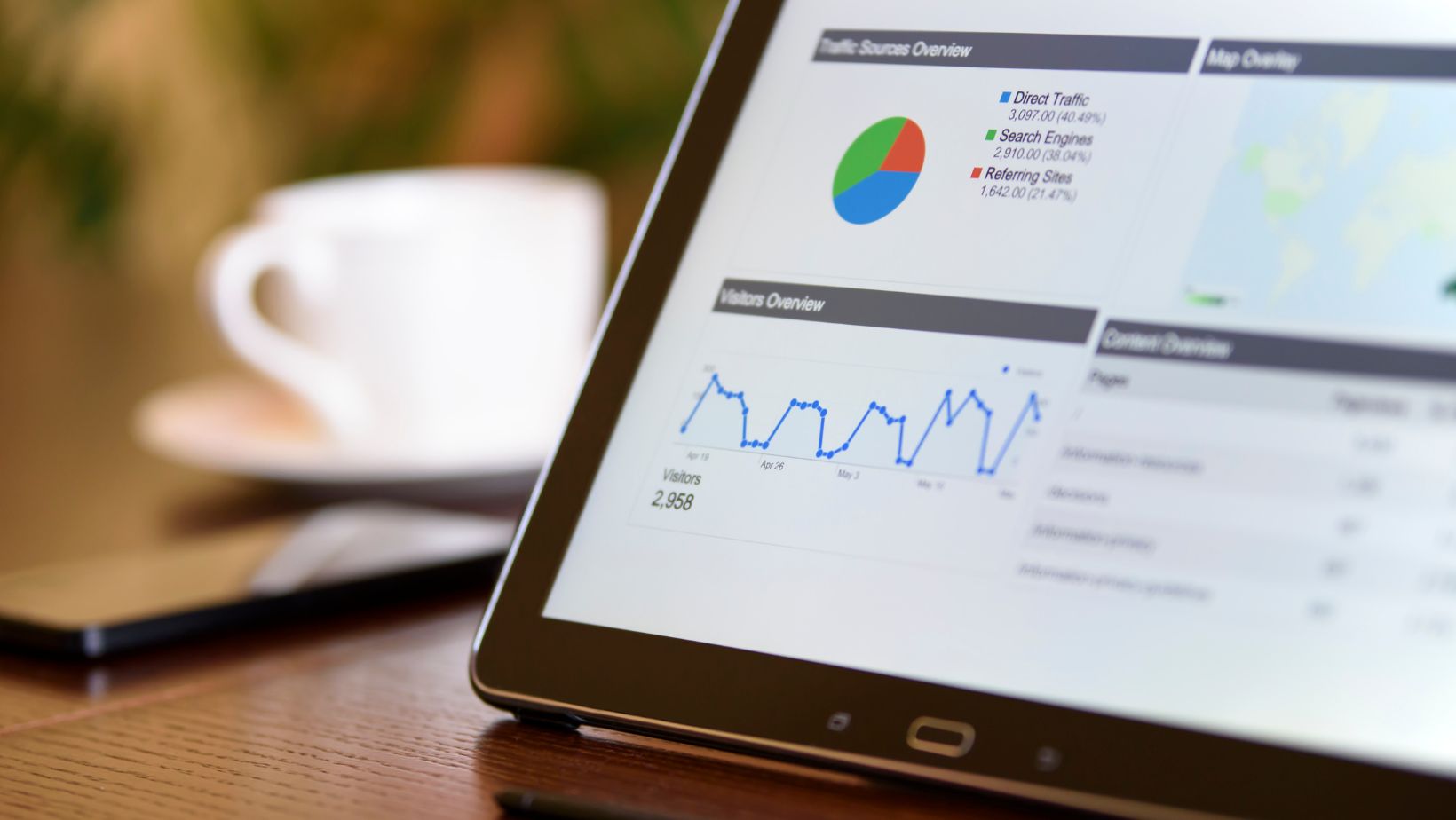
Samsung Electronics stands as one of the most influential technology companies globally, making it an attractive investment opportunity for traders and long-term investors alike. Whether you’re drawn to its dominant position in smartphone manufacturing, semiconductor production, or consumer electronics, understanding how to purchase Samsung shares can open doors to participating in South Korea’s thriving tech sector. This comprehensive guide walks you through everything you need to know about investing in Samsung Electronics stock traded on the Korea Exchange.
Understanding Samsung Electronics and Its Market Position
Before diving into the purchasing process, it’s worth appreciating what makes Samsung Electronics such a compelling investment. The company operates across multiple high-growth sectors including mobile devices, memory chips, displays, and home appliances. As a global leader in semiconductor technology, Samsung plays a crucial role in the supply chain for countless electronic devices worldwide. The company’s shares trade on the Korea Exchange (KRX) under the ticker symbol 005930, representing one of the most liquid and actively traded stocks in Asian markets.
Samsung’s market capitalization places it among the world’s most valuable companies, yet its shares often trade at valuations that value investors find attractive compared to Western technology counterparts. The company maintains a strong dividend policy, regularly returning value to shareholders through consistent payouts. This combination of growth potential and income generation makes Samsung an interesting proposition for various investment strategies.
Choosing the Right Investment Platform
The first practical step in buying Samsung Electronics shares involves selecting an appropriate trading platform. International investors need brokers that provide access to Korean markets, which isn’t universally available through every brokerage. You’ll want to research platforms that specifically offer KRX trading capabilities, comparing their fee structures, account minimums, and available research tools.

When evaluating brokers, pay close attention to currency conversion fees since you’ll be trading in Korean won. Some platforms offer more competitive exchange rates than others, which can significantly impact your overall investment costs over time. Additionally, consider whether the platform provides real-time market data for Korean exchanges or if there’s a delay in price updates. For those interested in Korean market investments, 블릭 댑익스 offers a reliable platform that has been thoroughly vetted for trading activities.
Account opening procedures vary between brokers, but typically require standard identification documents, proof of address, and completion of financial suitability questionnaires. Some platforms specializing in international markets may request additional documentation for regulatory compliance. The entire process usually takes anywhere from a few days to two weeks, so plan accordingly if you’re looking to invest within a specific timeframe.
Understanding Korean Market Trading Mechanics
Trading on the Korea Exchange operates differently from Western stock markets in several important ways. The KRX follows specific trading hours that correspond to Seoul time, typically running from 9:00 AM to 3:30 PM local time with a lunch break. For investors in other time zones, this means trades might execute during overnight hours depending on your location.
Korean markets also implement daily price limits to prevent extreme volatility. Stocks can only move up or down by a certain percentage within a single trading session before trading is temporarily halted. For large-cap stocks like Samsung Electronics, these limits are typically set at 30% in either direction. Understanding these mechanisms helps you avoid frustration when placing orders during volatile market conditions.
Order types available on Korean exchanges include market orders, limit orders, and various conditional orders. Most international brokers translate these options into familiar terms, but it’s worth confirming exactly which order types your chosen platform supports for KRX trading. Settlement typically occurs on a T+2 basis, meaning shares and funds settle two business days after the transaction date.
Executing Your Samsung Share Purchase
Once your brokerage account is funded and approved for Korean market access, the actual purchase process becomes straightforward. Search for Samsung Electronics using either its ticker symbol (005930) or company name within your trading platform. You’ll notice the stock might appear with variations like “Samsung Electronics Co Ltd” or similar designations depending on your broker’s data provider.
Determine how many shares you wish to purchase based on your investment budget and portfolio allocation strategy. Remember that Samsung’s share price is denominated in Korean won, so you’ll need to account for currency conversion when calculating position sizes. Some investors prefer to think in terms of total investment amount rather than share count, especially when dealing with foreign currencies.
After deciding on your investment amount, choose your order type. Limit orders give you price certainty but risk non-execution if the market doesn’t reach your specified price. Market orders guarantee execution but at whatever the current market price happens to be. For liquid stocks like Samsung, market orders typically execute very close to the displayed price, but during volatile periods, slippage can occur.
Tax Considerations and Ongoing Management
International investors must understand the tax implications of holding Korean securities. South Korea withholds taxes on dividend payments to foreign shareholders, though the exact rate depends on tax treaties between South Korea and your country of residence. Many jurisdictions allow you to claim foreign tax credits for these withholdings, preventing double taxation on the same income.
Capital gains tax treatment varies significantly by country. Some nations tax gains from foreign stocks similarly to domestic holdings, while others have special rules for international investments. Consulting with a tax professional familiar with cross-border investment taxation can help you optimize your approach and ensure compliance with reporting requirements.
Monitoring your Samsung investment involves tracking both company-specific developments and broader market trends. Samsung releases quarterly earnings reports, holds investor days, and makes regulatory filings that provide insight into business performance. Following technology sector trends, semiconductor market cycles, and currency fluctuations between your home currency and the Korean won helps you make informed decisions about when to hold, buy more, or potentially sell your position.
| Investment Amount (USD) | Approximate Shares | Annual Dividend Estimate | Platform Fees |
| $1,000 | 18-20 | $15-20 | $5-15 |
| $5,000 | 90-100 | $75-100 | $10-25 |
| $10,000 | 180-200 | $150-200 | $15-35 |
Think of investing in Samsung Electronics like gaining ownership in a foundational piece of modern technology infrastructure. Every smartphone, tablet, computer, and smart TV likely contains Samsung components somewhere in its supply chain. By becoming a shareholder, you’re positioning yourself to benefit from the ongoing digital transformation that shows no signs of slowing. With proper research, the right trading platform, and a clear understanding of the mechanics involved, purchasing Samsung shares becomes an accessible way to diversify your portfolio internationally and participate in one of Asia’s most successful corporate stories.






